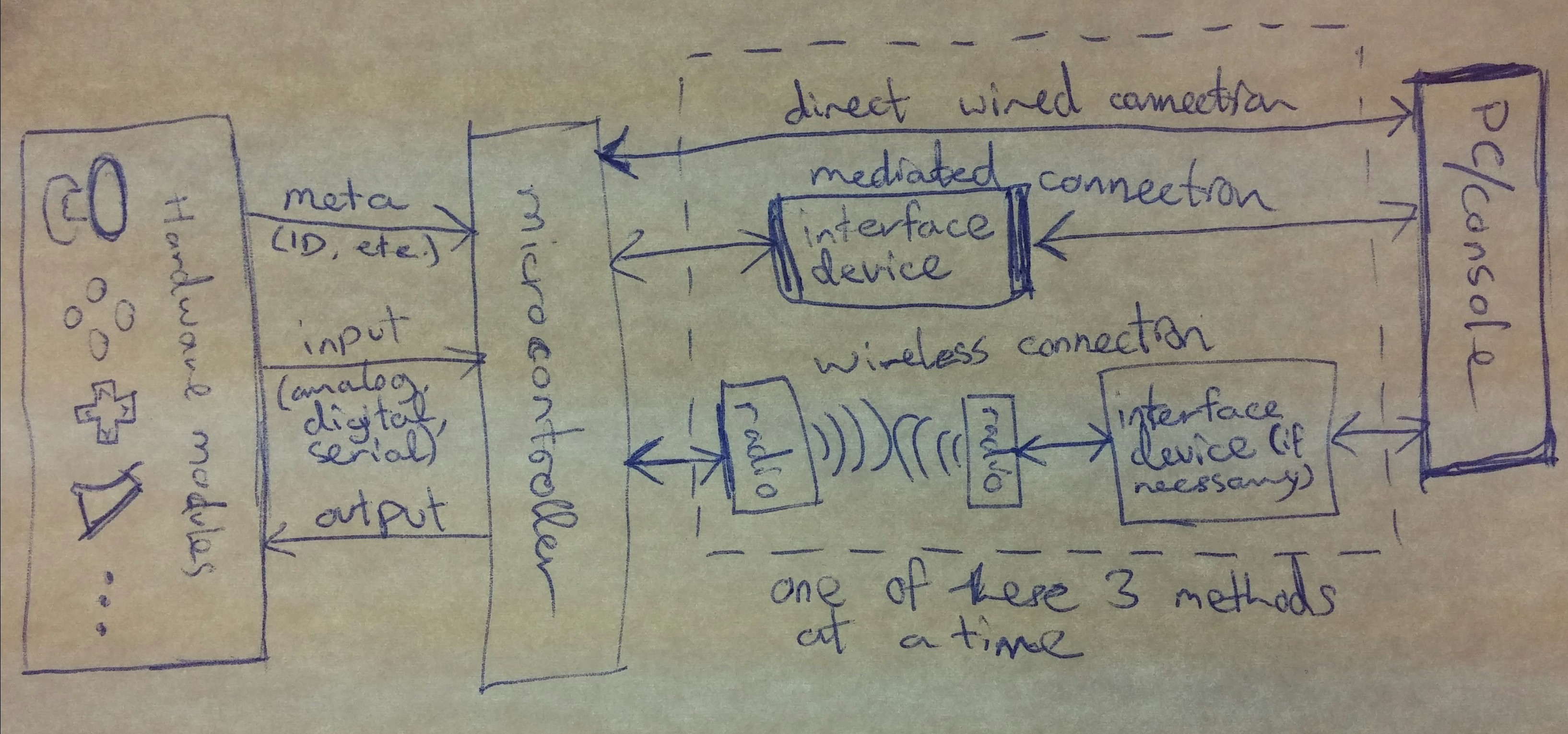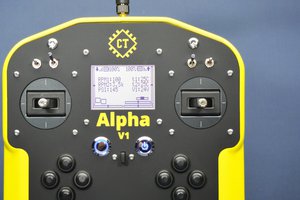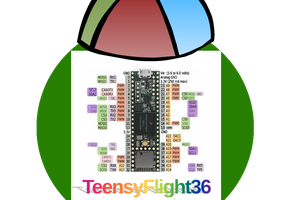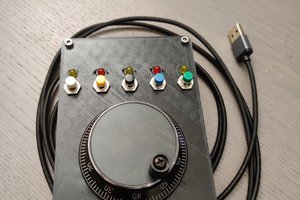System block diagram

Code
I've written no code yet. Once I do it will be in the GitHub repository linked on the left.
Libraries
At this point I'm not planning to use any libraries, because I haven't been able to find any that would fulfill roles I expect to need code for in this project. If I do find and decide to use any libraries, I will make sure they're available under appropriate open-source licenses.
Connectedness/Openness
This project has some obvious connectednesses: the controller connects to a console and the modules connect to the controller. Also, there will be a configuration app which will probably run on a smartphone, tablet, or computer and will connect to the controller via USB or Bluetooth. This project's products will also be freely available for others to build upon in their own projects.
 PointyOintment
PointyOintment


 Nicholas Stedman
Nicholas Stedman
 alireza safdari
alireza safdari
 Jacob Dahl
Jacob Dahl